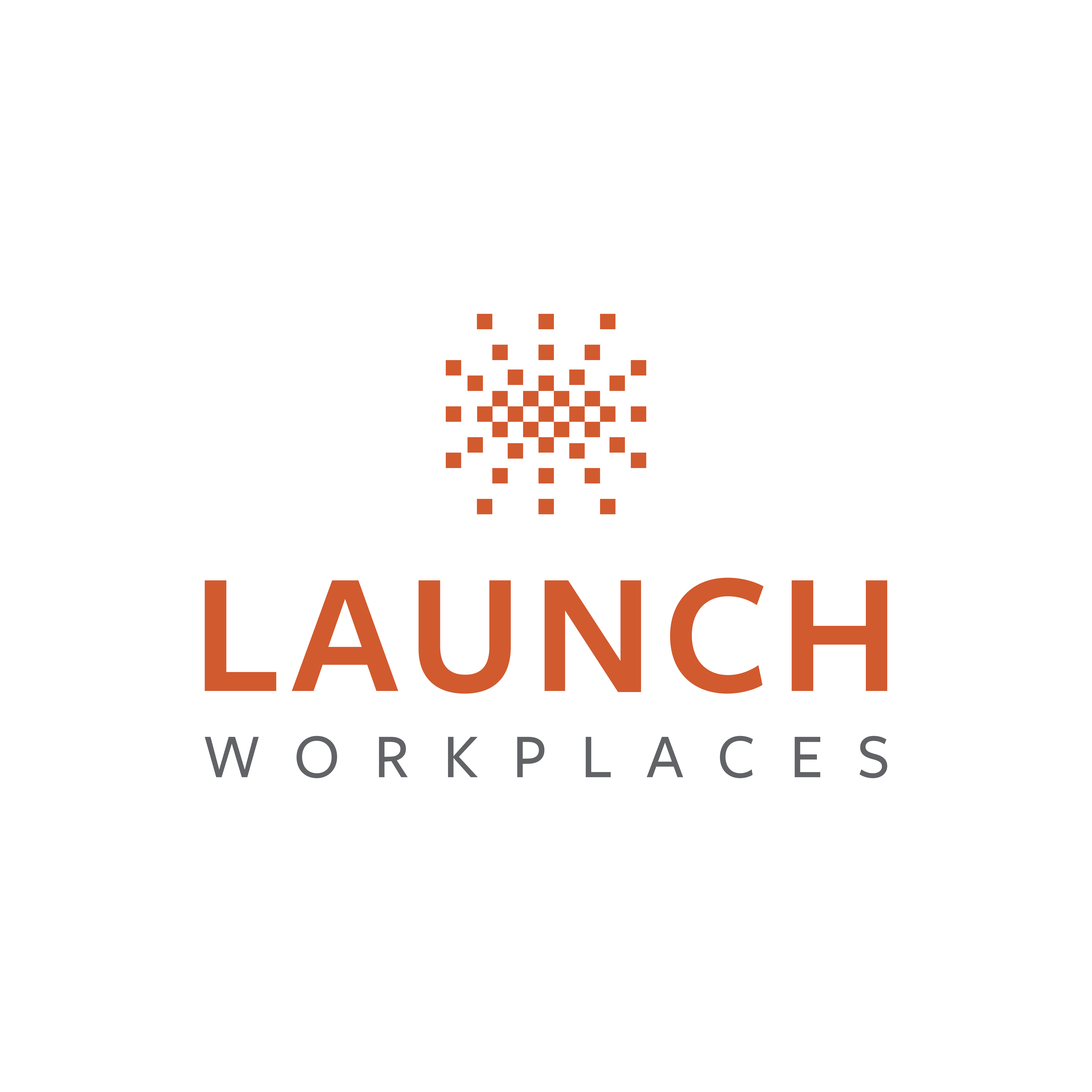If your business and your team don’t have strong collaboration processes in place, you’re not alone. But it’s something you should prioritize as quickly as you can.
After all, more than half of all U.S. workers say their jobs are reliant on collaboration, and yet 86% of employees in leadership positions blame lack of collaboration as the top reason for workplace failures.
This tells us there’s a disconnect at work that needs to be addressed in many organizations.
In order to create strong collaboration processes and enjoy the benefits they offer, you need to be strategic about it.
Here’s what you need to know.
What is a Collaboration Process?
In the most fundamental of terms, a collaboration process is a work methodology that helps teams work smoothly and seamlessly together.
The goal of a collaboration process is to make work efficient, foreseeable, dependable, and highly supportive.
Why is Collaborative Teamwork Important?
You’ve heard the old adage: “teamwork makes the dream work.”
And it’s true: a group of people pooling their talents, expertise, time, and resources can achieve more in a shorter timeframe than those doing it alone.
But in order for a team to work successfully together, they need to be able to collaborate well.
Having a group of people collectively working toward a common goal helps to:
- Create an amicable team dynamic
- Motivate a workforce to outperform itself constantly
- Streamline work and remove roadblocks
- Improve problem-solving by developing a combination of various solutions and results-oriented approaches to work
But for all of its benefits, collaboration doesn’t always come naturally. It needs to be a structured pursuit.
How to Building Collaborative Teams
Creating collaborative teams and processes isn’t a matter of guesswork. It’s a science. And there are a few steps you can take to make sure you get it right.
Form Strategic Teams
When you’re forming a team to tackle a project or assembling a team to oversee a function of your business, do so in a way that pairs up people with a variety of skillsets. This way, each person can offer their own vital touch without the risk of redundancy or people stepping on each other’s toes.
Encourage Team-Oriented Goals
Rather than dictating goals from the top down, consider letting your team determine their own goals and targets.
Doing so will help better connect the team to their mission and what a successful outcome looks like. It’ll also help them to better understand how their tasks align with the overall goal and what their responsibilities are.
Designate a Tool for the Collaboration Process
Having a centralized tool for team collaboration is a must. After all, in the throes of a project, there’s a lot happening all at once and, in order for things to be done efficiently, it’s vital that team members are able to connect with one another and access assets and resources quickly and easily.
When it comes to centralizing projects in one place, some of the best collaboration tools include:
- Trello
- Asana
- Monday
You might also want to use tools like:
- Google Drive for file and document sharing
- Slack for direct messaging and chat
- Zoom, Microsoft Teams, or Whereby for video conferencing
The right tools used in the right way will most likely be the difference-maker between successful collaboration and failure.
Support a Strong Sense of Community
In any given team or organization, personalities and demographics range vastly. And, in order for people to feel comfortable collaborating with one another, your workplace needs to be inclusive and foster a strong sense of community.
In doing so, you allow your team to more freely and safely give constructive feedback and opinion that are so crucial to success.
It’s also wise to get a better understanding of each individual team member’s personality as well as how it aligns—or doesn’t—with others so that you can better form collaborative teams.
Personality tests like DiSC Assessments and StrengthsFinder tests can provide a ton of insight into how people think, their personal and professional preferences, and the types of people they work best and worst with.
Offer Rewards and Incentives for Collaboration
It’s always wise to reward your team for successful collaboration, but the operative word here is “team.”
In order to reinforce a team mindset rather than an individualistic one, you should reward the team’s success rather than that of a single employee.
This approach also helps the team see the value of shared success and to view each other as valuable collaborators rather than competitors.
Establish Consistent Standards for the Collaboration Process
Having a team operate collaboratively once is a great thing. But being able to duplicate those results is even better.
That’s why it’s wise to create a “collaboration playbook” that lays out a step-by-step project process for each team to follow, including all of the steps laid out in the past sections of this article.
This process will provide a framework for repeated success for teams that need to collaborate to achieve a common goal.
For organizations of all sizes, collaboration is almost inevitably going to be a required skill at some point. And by taking steps to create collaborative processes, you can ensure that it happens successfully, every single time.
If you’d like to learn about how a flexible office space can also make your workday more impactful, get in touch today to learn about Launch Workplaces.



